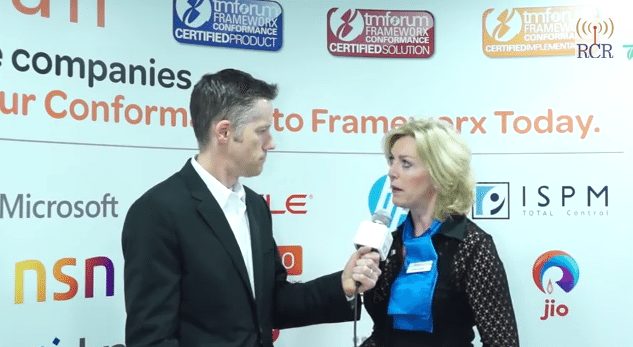Software is becoming an increasingly important part of telecommunication networks and deployments as both wired and wireless carriers look to add functionality to operations while increasing simplicity and reducing costs. RCR Wireless News is keeping an eye on recent developments through its weekly “Software” wrap up.
This week’s TM Forum Live event in Nice, France, was dominated by software talk surrounding network function virtualization, software-defined networking and cloud. Just about every session, keynote address and conversation, if not specifically linked to one of those topics, evolved into a conversation about one of those topics.
The general consensus from speakers was that the move towards virtualization was inevitable across the telecommunications space as operators look for ways to remove costs from their network operations, while at the same time look to launch more advanced services in a quicker time frame to compete against Internet-based over-the-top providers.
However, the speed in which the move to virtualization remains in flux. While some operators on sight have begun to dabble in moving operations away from physical boxes, most of the current movement has come either through limited testing or commercial moves dealing with fringe services. This seems to be due to remaining uncertainty surrounding the development of virtualization standards, which in and of itself was also hotly debated.
There seemed to be factions among attendees that were either on the side of going fully open source in terms of dealing with the code needed to run virtualization platforms, or those who thought there needed to be some clarity from more stringent and proprietary means in order to ensure some form of uniformity.
Such conflicts appear to have operators in attendance predicting it will be at least a few more years until virtualization makes greater inroads into commercial operations.
Farid Feisullin, senior network architect at Sprint’s CTO Group, noted the need to have standardized open interfaces, citing the need to have “very tightly coupled orchestration capabilities that allow us to lower operational costs.
“The technology is still in the early phases,” Feisullin added. “NFV is going to happen, but happen in phases over time. … In five year everything in Sprint’s network will be virtualized to an extent.”
Here is a quick overview on some of the software-related news that came from the event.
—NetCracker had a significant presence at the event and announced a number of additions to its lineup. The company unveiled its Service and Network Orchestrator solution for SDN and NFV as an integrated part of its NetCracker 9 suite. The company said the solution is designed to help telecommunication operators manage and monetize multi-vendor virtualized platforms as well as hybrid networks and services.
Specifically, the platform offers a centralized orchestration catalog that provides “lifecycle management and on-boarding of virtual network functions to go along with allowing “emerging and legacy services to coexist seamlessly;” real-time configuration management, dynamic service chaining, dynamic capacity management and real-time service provisioning; service lifecycle management; and real-time policy and analytics capabilities based on live analyses of network and service conditions and events.
–Outside of the show, NetCracker said that Turk Telecom had recently completed a BSS update using its Revenue Management solution as a platform to consolidate its service enablement and systems operations.
As part of the move, Turk Telecom replaced three legacy billing platforms with the NetCracker offering in a move designed to streamline operations and reduce costs. Turk Telecom also migrated three enterprise service lines, including corporate security services, enterprise VPN services and point-to-point networking services.
–RCR Wireless News spoke with Aileen Smith, SVP organizational transformation at TM Forum, about a number of hot topics at this week’s event, including the need for standards when it comes to network virtualization, the impact virtualization is having on telecommunication operators and the organizations attempts to help companies looking to get into virtualization. Check out the video interviews:
Other software news this week:
–ItsOn launched its Smart Services Platform OSS/BSS cloud platform, providing virtualized policy and billing features and services targeting mobile operators.
The company claims the service will allow operators to virtualize service policy control, billing and traffic-management functions for data, voice and messaging in real-time. That platform is designed to integrate with existing mobile network architectures, easing installation, and uses a graphical user interface to allow operators to tailor services to customers. The offering also supports on-device self-care capabilities that can allow customers to handle some aspects of managing their service requirements.
–Self-optimizing network solutions provider Cellwize said it has begun offering a NFV-ready SON solutions that supports “multi-technology” and is “fully multi-vendor compliant.”
The company said it began the process by virtualizing its SON and application servers in NFV environments, resulting in its Elastic-SON service that is designed to be automated with other network functions in a cloud environment.
The offering is also designed to be scalable, allowing mobile operators to add capacity as needed.
Make sure to check out the latest in telecom related software news at RCR Wireless News’ dedicated software page. Also, if you have telecom software news to share, please send it along to: dmeyer@rcrwireless.com.
Bored? Why not follow me on Twitter?

Software: NFV, SDN and cloud dominate TM Forum Live agenda
ABOUT AUTHOR
